When is the punishment enough?
Today I was at a meeting for a non-profit organization that distributes money to Minnesota charities. A woman named Jennifer sat at our table and she said, “In the US, one out of every four people has a criminal record.” In Minnesota, my home state, the statistic is slightly better: one in five.
Many crimes are committed by teenagers and are related to drug use or theft (such as stealing a bike out of a garage or shoplifting). One thing I did not realize is that once there were laws that protected young people so that these indiscretions didn’t go on their record, but this is no longer the case in Minnesota if a youth commits a crime after he’s sixteen. This change has hurt many people’s chances for a successful future. Having a criminal record makes it difficult to get a job, a higher education (some colleges won’t accept people with a record), and rent an apartment.
I don’t normally write about social issues, but another statistic that caught my attention was that children of color make up 93% of all children in poverty in Minneapolis today. More than half of all American Indian, Asian, and Black children living in Minneapolis live in poverty. Jennifer said the reason many children live in poverty is because their father has a record and can’t get a job.
Learning about people with records reminded me of the movie STONE (2010). I don’t necessarily recommend the movie because it is a thriller with graphic violence and explicit sex. Yet it has excellent acting with Robert De Niro who plays the part of Jack, a seasoned Christian patrol officer near retirement and Edward Norton who plays Stone, a man eligible for early release for his crime of arson.
In a scene from the movie, Stone challenges Jack’s right to judge him and asks the question: When is the punishment enough? Stone asks Jack if he hasn’t ever done something bad. Jack replies he’s never committed a crime, but the viewer knows from the dramatic first scene in the movie that Jack did something shockingly wrong years earlier.
While Stone is in prison he comes across a brochure about Zukangor (a New Age religion, which is a take off on Eckankar). He is intrigued and goes to the library to find a book about it. He finds the religion teaches about the Light and Sound of God, karma and how to sing HU to uplift your state of consciousness. Stone tries singing HU in the noisy, challenging prison environment.
Gradually Stone begins to change. He sees a bigger purpose to life and feels it doesn’t matter if he stays in prison or gets out on parole. In either place he is getting the lessons he needs to grow. He starts to understand the crime he committed in a new light and realizes he never accepted responsibility for committing it.
Jack thinks Stone is just playing him with his new spiritual beliefs, but the viewer sees that Stone is beginning to change and grow. The viewer also sees that sometimes there’s a thin line between a person with a criminal record and those who judge him. There is so much more to this movie; I’m only covering one aspect of it (mainly to examine the question of who should be locked up and for how long).
When is the punishment enough? Once a person is released from prison how can they be helped to move forward with their life, get a job, a place to live and an education? It hurts not only the person who has the arrest record, but also their families when this record follows them throughout their life.
Do you think a young person’s mistakes should go on their record? I’d like to hear your viewpoint about this.
Here is a trailer of the movie.
share this:

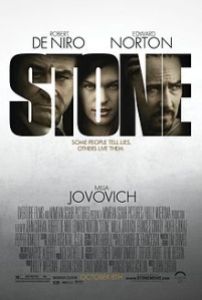
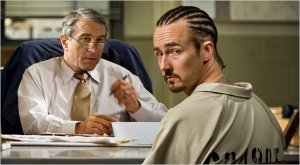
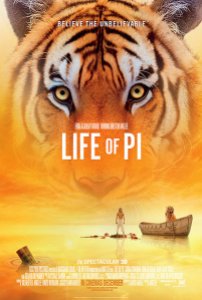


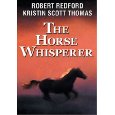

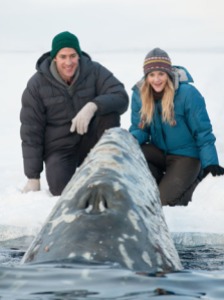
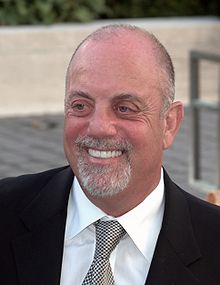







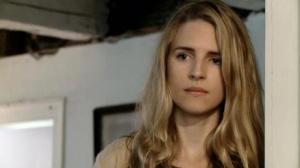
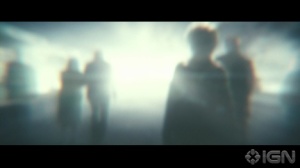
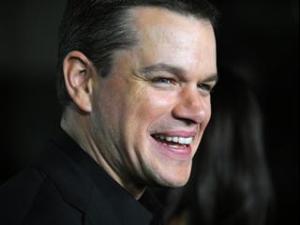
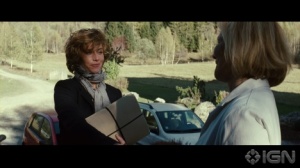


Recent Comments